Ice Pick Scars
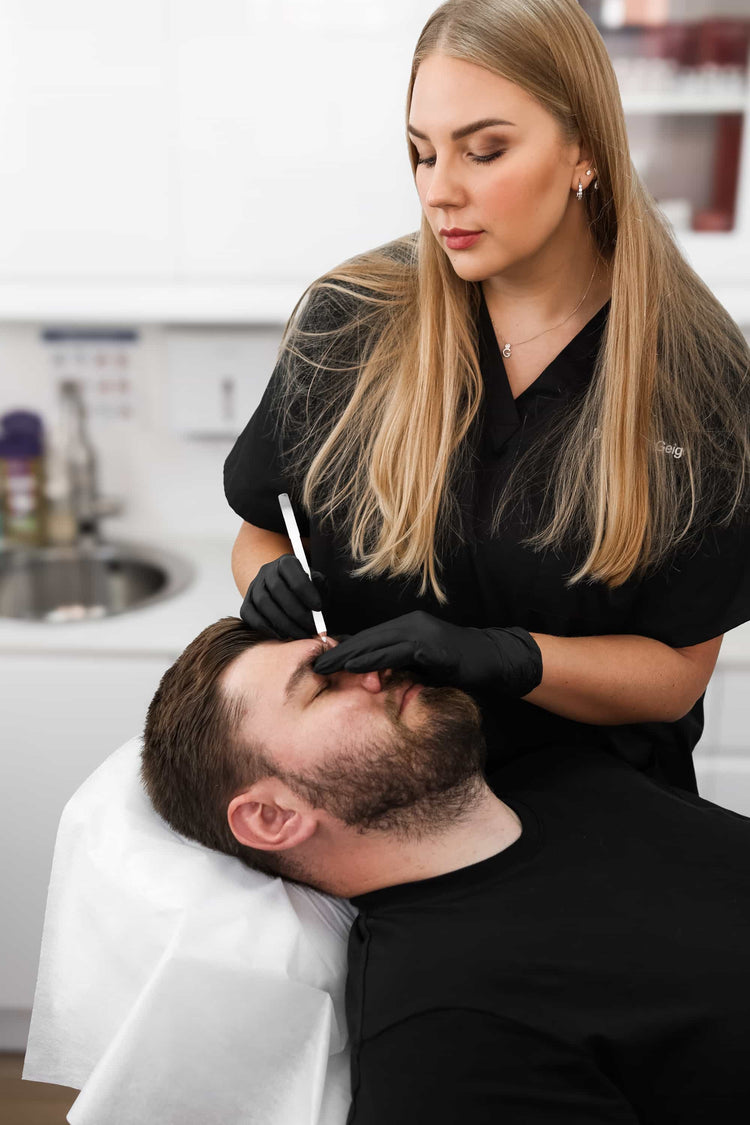
Ice pick scars are a type of acne scar characterized by deep, narrow depressions that resemble the marks left by an ice pick. They occur when severe acne damages the deeper layers of skin, leading to the collapse of collagen and elastin fibers.
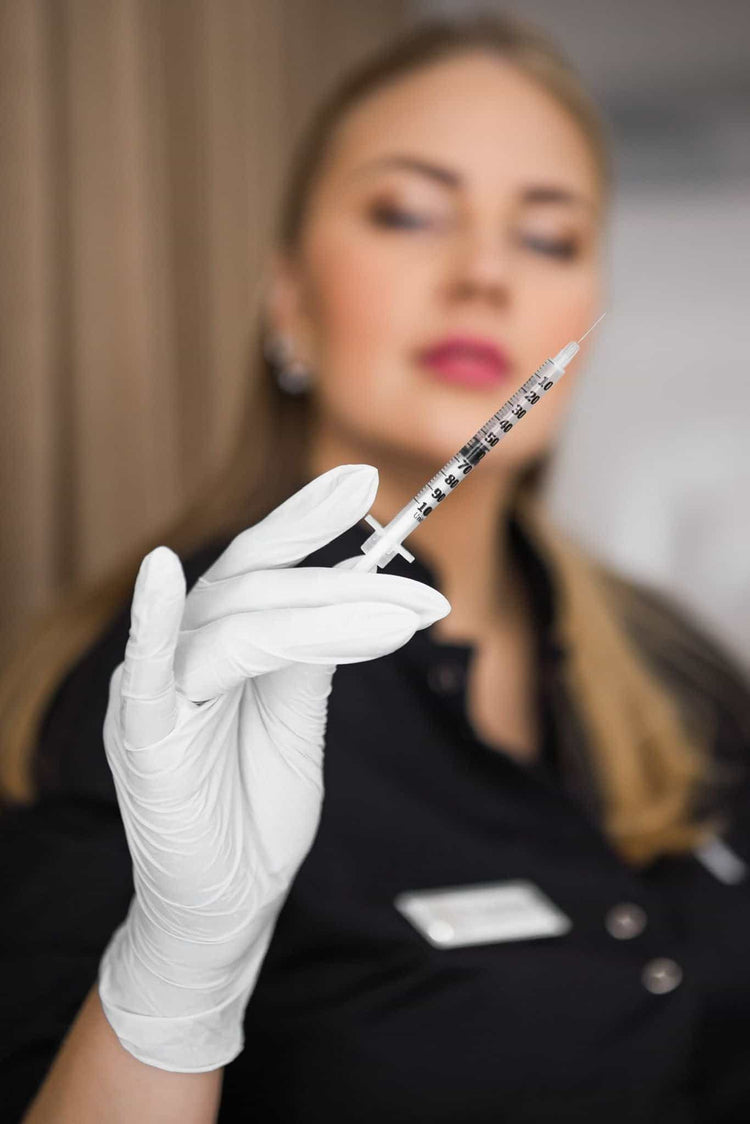
These scars can be very distressing as they often leave a noticeable and permanent indentation on the skin. Treatment options for ice pick scars in Shere, Surrey, may include dermal fillers, laser resurfacing, microneedling, subcision, punch excision, or a combination of these procedures.
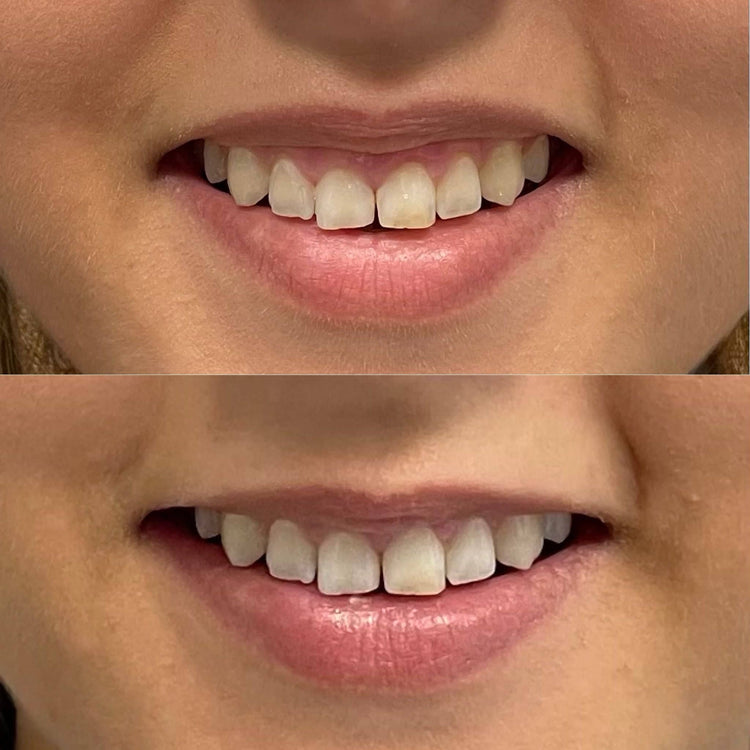
A qualified dermatologist or plastic surgeon can assess the severity of your scars and recommend the most suitable treatment plan.
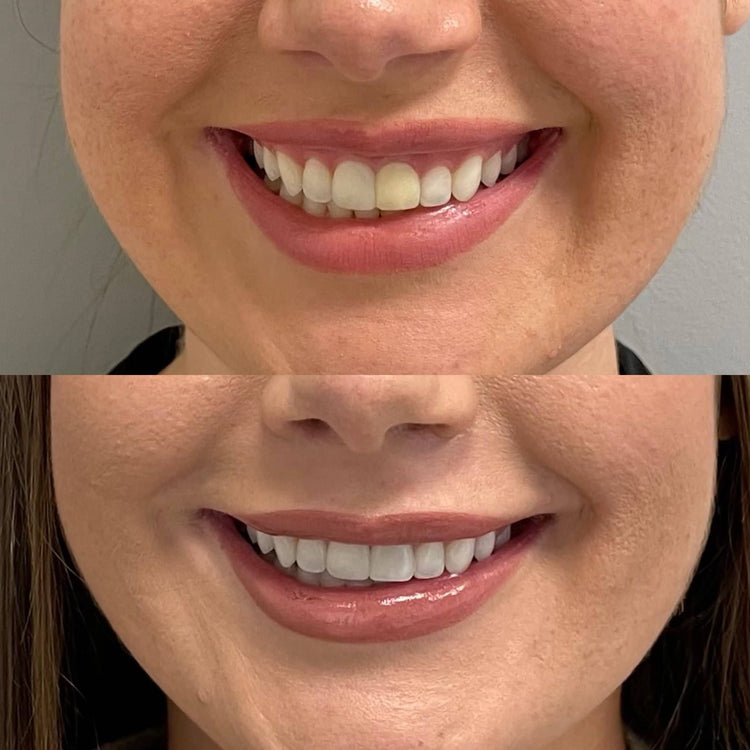
Boxcar Scars
Boxcar scars are another type of acne scar that appears as wider, shallower depressions than ice pick scars. They often have sharper edges and are caused by damage to the middle layers of the skin during severe acne breakouts.
Similar to ice pick scars, boxcar scars can be bothersome due to their visible nature. Treatment options for boxcar scars in Shere, Surrey, may involve dermal fillers, laser resurfacing, microneedling, chemical peels, or a combination of these methods.
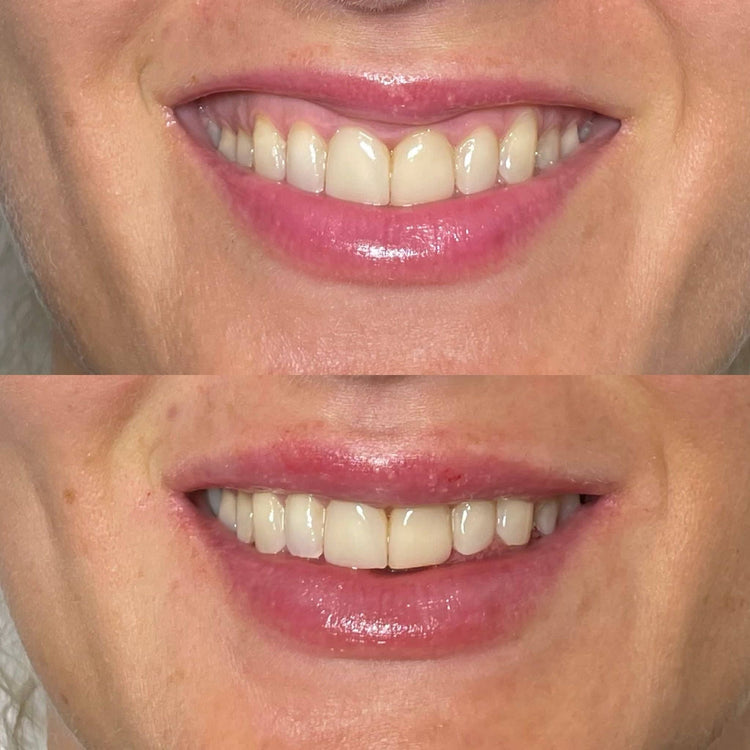
A dermatologist or plastic surgeon specializing in scar treatment can evaluate the individual characteristics of your boxcar scars and recommend the most appropriate approach for achieving optimal results.
Rolling Scars
Rolling scars are a common type of acne scarring that manifests as waves or ridges across the skin. These irregularities occur when the underlying tissues supporting the skin have been damaged during severe acne, causing uneven collagen deposition and retraction. Rolling scars can affect individuals of all ages and skin types.
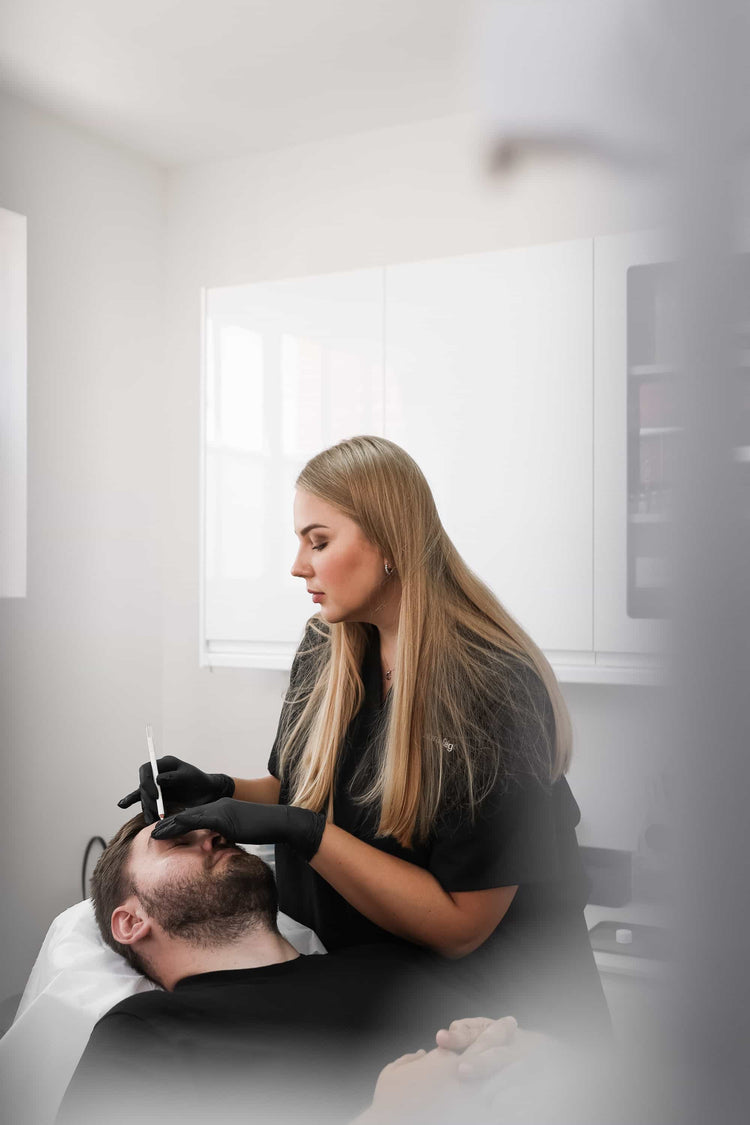
- Dermal Fillers: Hyaluronic acid fillers are commonly used to plump up rolling scars, temporarily filling in the depressions and smoothing out the skin’s surface.
- Laser Resurfacing: Fractional lasers can stimulate collagen production and improve skin texture, helping to reduce the appearance of rolling scars over time.
- Microneedling: This procedure involves using tiny needles to create controlled micro-injuries in the skin, promoting collagen growth and improving scar appearance.
- Radiofrequency Microneedling:** Combines microneedling with radiofrequency energy, which can further stimulate collagen production and tighten the skin.
- Chemical Peels: Chemical peels can help exfoliate the outer layers of the skin, reducing the visibility of rolling scars and improving overall skin tone.
A qualified dermatologist or plastic surgeon can assess the severity of your rolling scars and recommend the most appropriate treatment plan tailored to your individual needs and skin type.
Hyperpigmentation
Hyperpigmentation refers to areas of darkened skin caused by an excess of melanin, the pigment responsible for skin color. This can manifest as freckles, sun spots (solar lentigines), or post-inflammatory hyperpigmentation (PIH) which develops after inflammation from acne, injuries, or other skin conditions.
Several factors contribute to hyperpigmentation, including sun exposure, genetics, hormonal changes, and certain medical conditions.
Treatment options for hyperpigmentation aim to reduce melanin production and promote skin lightening. These may include topical creams containing ingredients like hydroquinone, vitamin C, retinol, kojic acid, or azelaic acid.
Chemical peels, laser therapy, and microdermabrasion are other procedures that can be effective in treating hyperpigmentation by exfoliating the skin and targeting excess melanin.
Laser Therapy
Laser therapy utilizes focused beams of light to target specific skin concerns.
For acne scars like ice pick, boxcar, and rolling scars, laser therapy can stimulate collagen production, improve skin texture, and reduce the appearance of depressions. Different types of lasers may be used depending on the scar type and severity.
Laser therapy can also effectively treat hyperpigmentation by targeting melanin-producing cells and breaking down excess pigment.
Chemical Peels
%h2% Chemical Peels %
Chemical peels involve applying a chemical solution to the skin, which exfoliates the outer layers of skin cells. This process encourages cell turnover and can improve the appearance of various skin concerns, including acne scars and hyperpigmentation.
Different types of chemical peels utilize varying concentrations of acids, each targeting different depths of the skin.
Superficial peels typically use mild acids like glycolic acid or salicylic acid, effectively treating surface-level imperfections such as sun damage and mild acne scars.
Medium-depth peels involve stronger acids such as trichloroacetic acid (TCA) and can address deeper scars, wrinkles, and pigmentation issues.
Deep chemical peels utilize phenol, a potent agent reserved for severe scarring and significant skin rejuvenation.
The depth and type of peel chosen depend on individual needs, skin type, and the severity of the desired outcome.
Microneedling
Microneedling is a minimally invasive cosmetic procedure that involves using a device with tiny needles to create controlled micro-injuries in the skin. These punctures stimulate the body’s natural healing process, prompting the production of collagen and elastin, which are essential proteins for skin firmness and texture.
Microneedling can be effective in treating various skin concerns, including acne scars, wrinkles, fine lines, hyperpigmentation, and uneven skin tone. The procedure can help to improve skin texture, reduce the appearance of scars, and stimulate collagen production for a more youthful and radiant complexion.
Dermal Fillers
Dermal fillers are a popular non-surgical treatment option for various cosmetic concerns, including acne scars. They work by injecting hyaluronic acid, a naturally occurring substance in the body, into the targeted areas. Hyaluronic acid attracts and holds water, plumping up the skin and filling in depressions caused by acne scars.
- Ice Pick Scars: Dermal fillers can effectively smooth out deep, narrow ice pick scars by adding volume to the depressed areas, creating a more even skin surface.
- Boxcar Scars: Fillers can help soften the appearance of boxcar scars, which are wider and shallower than ice pick scars. They can fill in the depressions and minimize the sharpness of the scar edges.
- Rolling Scars: While fillers may not completely eliminate rolling scars, they can improve their appearance by adding volume to the depressed areas and creating a smoother overall texture.
Subcision
Subcision is a minimally invasive procedure used to treat acne scars, particularly ice pick scars. It involves using a needle to break up fibrous bands of tissue called bands that tether the scar to underlying tissues. These bands pull down on the skin, creating the indented appearance of the scar. By releasing these bands, subcision allows the scar to rise closer to the level of the surrounding skin, improving its appearance.
Subcision is often performed in conjunction with other treatments, such as dermal fillers or microneedling, for optimal results.
Experience and Expertise
Ice pick scars are a type of acne scar characterized by deep, narrow depressions that resemble the marks left by an ice pick. They occur when severe acne damages the deeper layers of skin, leading to the collapse of collagen and elastin fibers.
These scars can be very distressing as they often leave a noticeable and permanent indentation on the skin. Treatment options for ice pick scars in Shere, Surrey, may include dermal fillers, laser resurfacing, microneedling, subcision, punch excision, or a combination of these procedures.
A qualified dermatologist or plastic surgeon can assess the severity of your scars and recommend the most suitable treatment plan.
Boxcar scars are another type of acne scar that appears as wider, shallower depressions than ice pick scars. They often have sharper edges and are caused by damage to the middle layers of the skin during severe acne breakouts.
Similar to ice pick scars, boxcar scars can be bothersome due to their visible nature. Treatment options for boxcar scars in Shere, Surrey, may involve dermal fillers, laser resurfacing, microneedling, chemical peels, or a combination of these methods.
A dermatologist or plastic surgeon specializing in scar treatment can evaluate the individual characteristics of your boxcar scars and recommend the most appropriate approach for achieving optimal results.
Rolling scars are a common type of acne scarring that manifests as waves or ridges across the skin. These irregularities occur when the underlying tissues supporting the skin have been damaged during severe acne, causing uneven collagen deposition and retraction. Rolling scars can affect individuals of all ages and skin types.
- Dermal Fillers: Hyaluronic acid fillers are commonly used to plump up rolling scars, temporarily filling in the depressions and smoothing out the skin’s surface.
- Laser Resurfacing: Fractional lasers can stimulate collagen production and improve skin texture, helping to reduce the appearance of rolling scars over time.
- Microneedling: This procedure involves using tiny needles to create controlled micro-injuries in the skin, promoting collagen growth and improving scar appearance.
- Radiofrequency Microneedling:** Combines microneedling with radiofrequency energy, which can further stimulate collagen production and tighten the skin.
- Chemical Peels: Chemical peels can help exfoliate the outer layers of the skin, reducing the visibility of rolling scars and improving overall skin tone.
A qualified dermatologist or plastic surgeon can assess the severity of your rolling scars and recommend the most appropriate treatment plan tailored to your individual needs and skin type.
Hyperpigmentation refers to areas of darkened skin caused by an excess of melanin, the pigment responsible for skin color. This can manifest as freckles, sun spots (solar lentigines), or post-inflammatory hyperpigmentation (PIH) which develops after inflammation from acne, injuries, or other skin conditions.
Several factors contribute to hyperpigmentation, including sun exposure, genetics, hormonal changes, and certain medical conditions.
Treatment options for hyperpigmentation aim to reduce melanin production and promote skin lightening. These may include topical creams containing ingredients like hydroquinone, vitamin C, retinol, kojic acid, or azelaic acid.
Chemical peels, laser therapy, and microdermabrasion are other procedures that can be effective in treating hyperpigmentation by exfoliating the skin and targeting excess melanin.
Laser therapy utilizes focused beams of light to target specific skin concerns.
For acne scars like ice pick, boxcar, and rolling scars, laser therapy can stimulate collagen production, improve skin texture, and reduce the appearance of depressions. Different types of lasers may be used depending on the scar type and severity.
Laser therapy can also effectively treat hyperpigmentation by targeting melanin-producing cells and breaking down excess pigment.
%h2% Chemical Peels %
Chemical peels involve applying a chemical solution to the skin, which exfoliates the outer layers of skin cells. This process encourages cell turnover and can improve the appearance of various skin concerns, including acne scars and hyperpigmentation.
Different types of chemical peels utilize varying concentrations of acids, each targeting different depths of the skin.
Superficial peels typically use mild acids like glycolic acid or salicylic acid, effectively treating surface-level imperfections such as sun damage and mild acne scars.
Medium-depth peels involve stronger acids such as trichloroacetic acid (TCA) and can address deeper scars, wrinkles, and pigmentation issues.
Deep chemical peels utilize phenol, a potent agent reserved for severe scarring and significant skin rejuvenation.
The depth and type of peel chosen depend on individual needs, skin type, and the severity of the desired outcome.
Microneedling is a minimally invasive cosmetic procedure that involves using a device with tiny needles to create controlled micro-injuries in the skin. These punctures stimulate the body’s natural healing process, prompting the production of collagen and elastin, which are essential proteins for skin firmness and texture.
Microneedling can be effective in treating various skin concerns, including acne scars, wrinkles, fine lines, hyperpigmentation, and uneven skin tone. The procedure can help to improve skin texture, reduce the appearance of scars, and stimulate collagen production for a more youthful and radiant complexion.
Dermal fillers are a popular non-surgical treatment option for various cosmetic concerns, including acne scars. They work by injecting hyaluronic acid, a naturally occurring substance in the body, into the targeted areas. Hyaluronic acid attracts and holds water, plumping up the skin and filling in depressions caused by acne scars.
- Ice Pick Scars: Dermal fillers can effectively smooth out deep, narrow ice pick scars by adding volume to the depressed areas, creating a more even skin surface.
- Boxcar Scars: Fillers can help soften the appearance of boxcar scars, which are wider and shallower than ice pick scars. They can fill in the depressions and minimize the sharpness of the scar edges.
- Rolling Scars: While fillers may not completely eliminate rolling scars, they can improve their appearance by adding volume to the depressed areas and creating a smoother overall texture.
Subcision is a minimally invasive procedure used to treat acne scars, particularly ice pick scars. It involves using a needle to break up fibrous bands of tissue called bands that tether the scar to underlying tissues. These bands pull down on the skin, creating the indented appearance of the scar. By releasing these bands, subcision allows the scar to rise closer to the level of the surrounding skin, improving its appearance.
Subcision is often performed in conjunction with other treatments, such as dermal fillers or microneedling, for optimal results.
Consultation Process
The consultation process for acne scar treatment in Shere, Surrey starts with a thorough evaluation by a qualified dermatologist or plastic surgeon. During this consultation, the doctor will:
* **Review your medical history:** This includes past skin conditions, medications, and any allergies you may have.
* **Examine your scars:** They will carefully assess the type, severity, size, and location of your acne scars (ice pick, boxcar, rolling). They will also consider the overall condition of your skin.
* **Discuss your goals:**
The doctor will want to understand what you hope to achieve with treatment. Are you looking to minimize scarring, improve texture, or reduce pigmentation?
* **Recommend appropriate treatment options:** Based on your individual needs and scar type, they will suggest the most suitable treatment plan. This may involve a combination of procedures such as:
* Dermal fillers
* Laser resurfacing
* Microneedling
* Chemical peels
* Subcision
* Punch excision
* **Explain the risks and benefits of each treatment:** The doctor will discuss potential side effects, downtime required for recovery, and realistic expectations.
* **Address any questions or concerns you may have:** This is a crucial time to ask about costs, scheduling, and anything else that’s important to you.
It’s important to find a qualified and experienced practitioner who specializes in scar treatment to ensure the best possible outcome. Don’t hesitate to seek out multiple consultations to compare options and find the right fit for your needs.
Technology and Equipment
## Technology and Equipment
This section will detail some of the technology and equipment used in treating acne scars.
**Laser Resurfacing:** This procedure utilizes a laser to remove the top layers of damaged skin, stimulating collagen production and improving skin texture. Different types of lasers are used depending on the severity of the scarring and desired outcome. For example, fractional lasers create microscopic columns of damage, encouraging collagen growth without removing too much skin.
**Microneedling:** This minimally invasive procedure uses a device with tiny needles to create controlled punctures in the skin. These micro-injuries stimulate collagen production, improving skin tone, texture, and reducing the appearance of scars.
**Chemical Peels:** Chemical peels involve applying a chemical solution to the skin, which exfoliates the top layers and promotes cell renewal. Superficial peels are commonly used for mild acne scarring and sun damage, while deeper peels address more significant concerns.
**Dermal Fillers:** These injectables use hyaluronic acid to plump up depressed areas caused by scars, creating a smoother skin surface. Dermal fillers can be effective for ice pick, boxcar, and rolling scars.
**Subcision:** A minimally invasive procedure where a needle is inserted beneath the scar tissue to break up fibrous bands that tether the scar to underlying tissues. This allows the scar to rise closer to the level of the surrounding skin, improving its appearance.
**Other Equipment:** In addition to these core technologies, dermatologists may use additional equipment such as:
* **Radiofrequency Microneedling:** Combines microneedling with radiofrequency energy to further stimulate collagen production and tighten skin.
* **Ultrasound Therapy:** Uses ultrasound waves to break down scar tissue and promote healing.
Choosing the appropriate technology and equipment for acne scar treatment depends on various factors, including the type of scar, skin condition, individual goals, and potential risks associated with each procedure. Consulting with a qualified dermatologist or plastic surgeon is essential for determining the best course of action.
Patient Reviews and Testimonials
Patient Reviews and Testimonials
Patient feedback is invaluable when considering any medical or cosmetic procedure. Real experiences from others who have undergone acne scar treatment in Shere, Surrey can provide valuable insights into potential benefits, risks, and overall satisfaction with different treatments. Unfortunately, I don’t have access to specific patient reviews or testimonials for individual clinics or practitioners in Shere.
However, you can find these firsthand accounts through online platforms such as:
* **Google Reviews:** Search for “acne scar treatment Shere Surrey” on Google Maps to see reviews from patients who have visited local clinics.
* **Yelp:** Yelp is another platform where individuals share their experiences with businesses, including medical practices.
* **RealSelf:** RealSelf is a website specifically focused on cosmetic procedures and often includes patient reviews, before-and-after photos, and discussions about treatments.
* **Clinical Websites:** Some dermatology clinics have testimonials or case studies featured on their own websites.
When reading reviews, consider factors such as:
* **Verifiability:** Look for reviews that seem genuine and detailed, rather than overly promotional or generic.
* **Individual Experiences:** Remember that everyone’s skin and healing process is unique. What works well for one person may not be the ideal solution for another.
* **Objectivity:** Be aware that some reviews might be biased, either positive or negative. Try to form your own opinion by considering multiple perspectives.
Patient reviews can offer valuable insights, but it’s essential to consult with a qualified dermatologist or plastic surgeon to discuss your individual needs and determine the most appropriate treatment plan for your specific situation.
Factors Affecting Cost
The cost of acne scar treatment in Shere, Surrey can vary depending on several factors:
- Type of Scar Treatment: Procedures like dermal fillers tend to be less expensive than laser resurfacing or subcision.
- Severity of Acne Scars: Treating more extensive or deep scars will generally cost more than addressing mild scarring.
- Number of Treatments Required: Many acne scar treatments require multiple sessions spaced apart for optimal results, which will impact the overall cost.
- Practitioner’s Experience and Location: Highly experienced dermatologists or plastic surgeons in prime locations may charge higher fees compared to those with less experience or located in less affluent areas.
- Geographic Location: Treatment costs can differ within a region, with larger cities or more specialized clinics potentially having higher prices.
It’s best to schedule consultations with several qualified dermatologists or plastic surgeons in Shere, Surrey. This will allow you to discuss your specific needs, get personalized treatment plans, and compare costs before making a decision.
Payment Options
## Payment Options
While I can’t provide specific payment options for individual clinics in Shere, Surrey, most reputable dermatology practices and cosmetic surgery centers accept various forms of payment.
These commonly include:
* **Major Credit Cards:** Visa, Mastercard, American Express, Discover.
* **Debit Cards**
* **Cash**
* **Financing Options:** Many clinics offer financing plans or work with third-party lenders to help patients spread out the cost of treatment over time.
* **Insurance Coverage:** Some insurance plans may cover a portion of acne scar treatment costs, particularly if it’s deemed medically necessary. It’s essential to check your specific policy and understand your coverage before undergoing any procedure.
When inquiring about payment options during your consultations, be sure to ask:
* **What forms of payment do you accept?**
* **Do you offer any financing plans or discounts?**
* **Does my insurance cover acne scar treatment, and if so, what is the estimated coverage percentage?**
Understanding the payment arrangements beforehand can help you make a more informed decision about your treatment plan.
Wound Healing and Recovery
Wound healing and recovery involve several interconnected stages that ensure damaged tissue is repaired effectively.
- **Hemostasis:** This initial stage focuses on stopping bleeding. Blood vessels constrict to reduce blood flow to the injured area, and platelets clump together to form a clot, sealing the wound.
- **Inflammation:** This phase involves immune cells rushing to the site of injury to fight infection and remove debris.
Inflammation causes redness, swelling, heat, and pain as part of the body’s natural response. - **Proliferation:** During this stage, new tissue growth occurs. Fibroblasts create collagen, a protein that forms a framework for healing. New blood vessels grow (angiogenesis) to supply oxygen and nutrients to the repairing tissue. Epithelial cells migrate across the wound surface, closing the gap.
- **Maturation:** The final stage involves remodeling and strengthening of the scar tissue. Collagen fibers reorganize, making the scar stronger and less noticeable over time. This process can take months or even years to complete.
Factors that can influence wound healing include: age, overall health, nutrition, medications, and the severity of the injury.
Sun Protection
## Sun Protection in Shere, Surrey
Protecting your skin from the sun’s harmful UV rays is crucial for maintaining its health and preventing damage like premature aging, sunburn, and even skin cancer. Living in Shere, Surrey, which enjoys pleasant weather with moderate sunlight throughout the year, means being mindful of sun safety all year round.
Here are some essential tips to incorporate into your daily routine for optimal sun protection in Shere:
**1. Sunscreen is Your Best Friend:**
– Apply a broad-spectrum sunscreen with an SPF of 30 or higher every day, even on cloudy days.
– Reapply every two hours, especially after swimming or sweating.
**2. Seek Shade:**
– During peak sun hours (10 am to 4 pm), seek shade whenever possible under trees, umbrellas, or awnings.
– Be aware that UV rays can penetrate clouds and reflect off surfaces like water and sand.
**3. Protective Clothing:**
– Wear lightweight, long-sleeved shirts, pants, and a wide-brimmed hat to cover as much skin as possible.
– Look for clothing with UPF (Ultraviolet Protection Factor) ratings for added protection.
**4. Sunglasses are Essential:**
– Protect your eyes from UV damage by wearing sunglasses that block 99% to 100% of both UVA and UVB rays.
**5. Be Mindful of Medications:**
– Some medications, such as antibiotics and certain pain relievers, can increase your skin’s sensitivity to sunlight. Consult with your doctor about potential sun sensitivities if you are taking any new medications.
**6. Check the UV Index:**
– The UV index is a measure of the intensity of UV radiation at a given location and time. Pay attention to local forecasts or online resources that provide UV index readings for Shere, Surrey. Higher UV indices indicate stronger sun exposure and necessitate increased protection measures.
**7. Stay Hydrated:**
– Drinking plenty of water throughout the day helps keep your skin hydrated and healthy.
**8. Regular Skin Checks:**
– Perform self-examinations of your skin regularly to look for any changes in moles, freckles, or other spots. If you notice anything unusual, consult a dermatologist promptly.
By following these sun safety tips, you can enjoy the beauty of Shere, Surrey, while minimizing your risk of sun damage and protecting your skin health for years to come.
Maintenance Treatments
## Maintenance Treatments
After undergoing acne scar treatment, it’s important to maintain the results and ensure long-lasting improvements. Here are some key maintenance tips:
**1. Sunscreen is Your Ongoing Ally:**
* **Daily Use:** Continue applying broad-spectrum sunscreen with SPF 30 or higher every day, even on cloudy days. Protecting against UV damage is crucial for preventing new scar formation and maintaining skin tone.
* **Reapplication:** Reapply sunscreen every two hours, especially after sweating or swimming.
**2. Gentle Skincare Routine:**
* **Cleanse Gently:** Use a mild cleanser to remove dirt, oil, and makeup without stripping your skin of its natural oils.
* **Moisturize Regularly:** Keep your skin hydrated by applying a moisturizer suitable for your skin type. This helps maintain skin elasticity and promotes healing.
**3. Exfoliate with Care:**
* **Chemical Exfoliation:** Consider incorporating a chemical exfoliant containing ingredients like glycolic acid or salicylic acid into your routine 1-2 times per week to remove dead skin cells and promote cell turnover.
* **Physical Scrubs:** Use gentle physical scrubs sparingly, as excessive scrubbing can irritate the skin.
**4. Healthy Lifestyle Choices:**
* **Diet:** A nutritious diet rich in fruits, vegetables, and antioxidants supports overall skin health and collagen production.
* **Hydration:** Drink plenty of water to keep your skin hydrated from within.
* **Sleep:** Aim for 7-9 hours of quality sleep per night to allow your body to repair and regenerate.
**5. Sun Avoidance During Peak Hours:** Limit direct sun exposure during peak hours (10 am to 4 pm) whenever possible by seeking shade or wearing protective clothing.
**6. Regular Professional Maintenance:** Consult with your dermatologist regularly for checkups and follow-up treatments as needed. They can assess your skin, address any concerns, and recommend additional therapies if necessary.
By diligently following these maintenance tips, you can prolong the benefits of your acne scar treatment and achieve lasting improvement in your skin’s appearance. Remember, consistency is key!
Enquire today about expert lip augmentation with Dr. Laura Geige at It’s Me & You Clinic
- Who Shouldn’t Get Lip Fillers? - November 8, 2025
- What Is Sexual Liberation And How Does It Challenge Conventional Relationships? - November 6, 2025
- Weed Infused Beverages That Won’t Break The Bank - November 3, 2025

